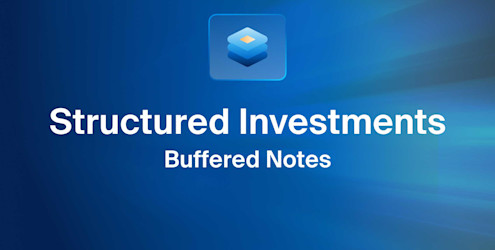Following the Tax Cuts and Job Acts of 2017, Congress along with state Governors, identified and designated more than 8,700 Qualified Opportunity Zones (QOZs) across the United States. The Act is focused on attracting capital directly into underserved and economically distressed zones in exchange for preferential tax treatment.
Three main elements of the program according to the Tax Policy Center are:1
Deferral – investors can place eligible capital gains into a Qualified Opportunity Fund (QOF) and defer taxes until the end of 2026
Exclusion – if a QOF investment is held for 10 or more years, investors will pay no taxes on any capital gain on their investment
Step-up in basis – now expired, investors who invested 5 or 7 years before 2026 were eligible for a 10% and 15% step-up in the basis of the original capital gain
Given the expiration of the step-up in basis at the end of 2021, many advisors we speak to are questioning whether the benefit of investing in QOZ’s is still worth considering. We review the elements we believe advisors and investors should bear in mind.

While the step-up in basis tax benefit has expired, the program may still provide investors a valuable tax benefit with the incentive to defer capital gain tax as well as the elimination of any capital gains on the QOF investment itself.2 The eligible capital gain must be invested in a 180-day window following initial sale of an asset.3 The investor is not required to pay their original capital gains tax until the 2026 tax year, allowing for the potential for appreciation on the untaxed original investment.4 If this investment into the QOF has been held for 10 years or more, the capital gain on any return generated by the fund is tax exempt5.
Revisiting QOZs and QOFs
A method in which an investor can contribute to QOZs is through the structure of a Qualified Opportunity Fund (QOF) which seeks to raise investor capital and identify opportunities in the listed zones for development of numerous types of properties and businesses. These developments may fall into categories like commercial real estate, multi-family housing, and broader infrastructure to name just a few. The QOF will then generally manage the development, construction, and lease or sale of properties within the zones they have identified. Additionally, a QOF is required to hold 90% of its assets in projects within designated QOZs and must be organized for the purpose of investing in QOZ property under the laws in one of the states in which it intends to operate.6
Possible Tailwinds for QOZs
There are numerous potential tailwinds that have contributed to the growth in the QOZ real estate market as home and rent prices have spiked significantly and the demand for e-commerce supportive infrastructure and property has grown substantially in the wake of the pandemic.7 According to a survey from Zumper, “Vacancy rates entering the year were at all-time lows, a staggering 81.6 percent of renters said they planned on moving in 2022.”8 In addition, “earlier this year, Realtor.com estimated the gap between the number of homes needed and the number of homes available at 5.24 million.”9 Thus, the demand for housing, whether for rent or sale, is outpacing the supply and prices may continue to rise as those who either cannot afford or find housing may begin seeking lower-cost alternatives. QOFs may diversify their funds into different forms of infrastructural development, and the growing demand for housing alternatives could be met through funding from investor capital into QOZs.
An additional potential tailwind for QOFs is the growing demand for modernized industrial real estate, supportive of the persistent e-commerce market. “Industry estimates indicate that every $1 billion of new e-commerce sales growth requires 1.0 million sf of additional warehouse space.”10 In compliment to the growth in demand, many industrial warehouses and distribution centers lack efficient and modern technical management of e-commerce omnichannel infrastructure.11 QOFs may provide an opportunity to develop these industrial complexes in QOZs that may benefit from an influx of economic activity.

Investing in this sector of the real estate market may provide investors with the ability to take capital gains and allocate these funds toward beneficial developments around the nation, improving the livelihoods of the communities into which they invest.






